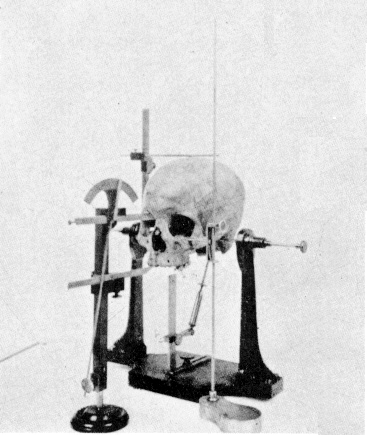Portal:Science
| Main page | Main topics & Categories | Related portals & WikiProjects | Things you can do |
Science is a strict systematic discipline that builds and organizes knowledge in the form of testable hypotheses and predictions about the world. Modern science is typically divided into three major branches: the natural sciences (e.g., physics, chemistry, and biology), which study the physical world; the social sciences (e.g., economics, psychology, and sociology), which study individuals and societies; and the formal sciences (e.g., logic, mathematics, and theoretical computer science), which study formal systems, governed by axioms and rules. There is disagreement whether the formal sciences are scientific disciplines, as they do not rely on empirical evidence. Applied sciences are disciplines that use scientific knowledge for practical purposes, such as in engineering and medicine.
The history of science spans the majority of the historical record, with the earliest written records of identifiable predecessors to modern science dating to Bronze Age Egypt and Mesopotamia from around 3000 to 1200 BCE. Their contributions to mathematics, astronomy, and medicine entered and shaped the Greek natural philosophy of classical antiquity, whereby formal attempts were made to provide explanations of events in the physical world based on natural causes, while further advancements, including the introduction of the Hindu–Arabic numeral system, were made during the Golden Age of India. Scientific research deteriorated in these regions after the fall of the Western Roman Empire during the Early Middle Ages (400 to 1000 CE), but in the Medieval renaissances (Carolingian Renaissance, Ottonian Renaissance and the Renaissance of the 12th century) scholarship flourished again. Some Greek manuscripts lost in Western Europe were preserved and expanded upon in the Middle East during the Islamic Golden Age, along with the later efforts of Byzantine Greek scholars who brought Greek manuscripts from the dying Byzantine Empire to Western Europe at the start of the Renaissance.
The recovery and assimilation of Greek works and Islamic inquiries into Western Europe from the 10th to 13th century revived "natural philosophy", which was later transformed by the Scientific Revolution that began in the 16th century as new ideas and discoveries departed from previous Greek conceptions and traditions. The scientific method soon played a greater role in knowledge creation and it was not until the 19th century that many of the institutional and professional features of science began to take shape, along with the changing of "natural philosophy" to "natural science".
New knowledge in science is advanced by research from scientists who are motivated by curiosity about the world and a desire to solve problems. Contemporary scientific research is highly collaborative and is usually done by teams in academic and research institutions, government agencies, and companies. The practical impact of their work has led to the emergence of science policies that seek to influence the scientific enterprise by prioritizing the ethical and moral development of commercial products, armaments, health care, public infrastructure, and environmental protection. (Full article...)
Selected article
Uplift of the region started about 75 million years ago in the Laramide orogeny, a mountain-building event that is largely responsible for creating the Rocky Mountains to the east. Accelerated uplift started 17 million years ago when the Colorado Plateaus (on which the area is located) were being formed. In total these layers were uplifted an estimated 10,000 feet (3000 m) which enabled the ancestral Colorado River to cut its channel into the four plateaus that constitute this area. But the canyon did not start to form until 5.3 million years ago when the Gulf of California opened up and thus lowered the river's base level (its lowest point) from that of large inland lakes to sea level.
Selected picture

Selected biography
Feynman was a keen and influential popularizer of physics in both his books and lectures. He is famous for his many adventures, detailed in the books Surely You're Joking, Mr. Feynman!, What Do You Care What Other People Think? and Tuva or Bust!. Posthumously, Feynman is often credited with helping catalyze the field of nanotechnology through his December 1959 talk called There's Plenty of Room at the Bottom. Richard Feynman was, in many respects, an eccentric and a free spirit.
Did you know...
- ...that space artist Jon Lomberg (artwork pictured) was Carl Sagan's principal artistic collaborator on many projects such as Cosmos and the Voyager Golden Record?
- ...that NASA astronaut Stephen Robinson has logged 497 hours in space?
- ...that Othniel Charles Marsh named two species of the dinosaur Coelurus from the same quarry, not knowing that the bones belonged to the same skeleton?
- ...that the type specimen of Dromicosuchus had damage to its jaw and neck that may have been inflicted by the teeth of the large carnivore it was found underneath?
- ...that the scientific name of the common Australian garden fungus Aseroë rubra means 'red disgusting juice'?
Science News




